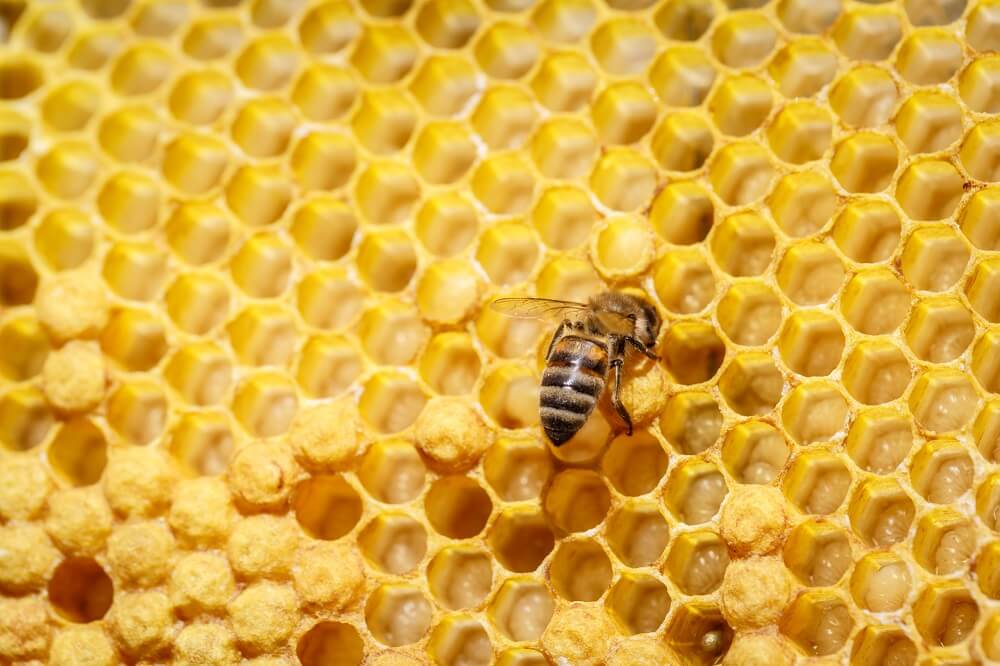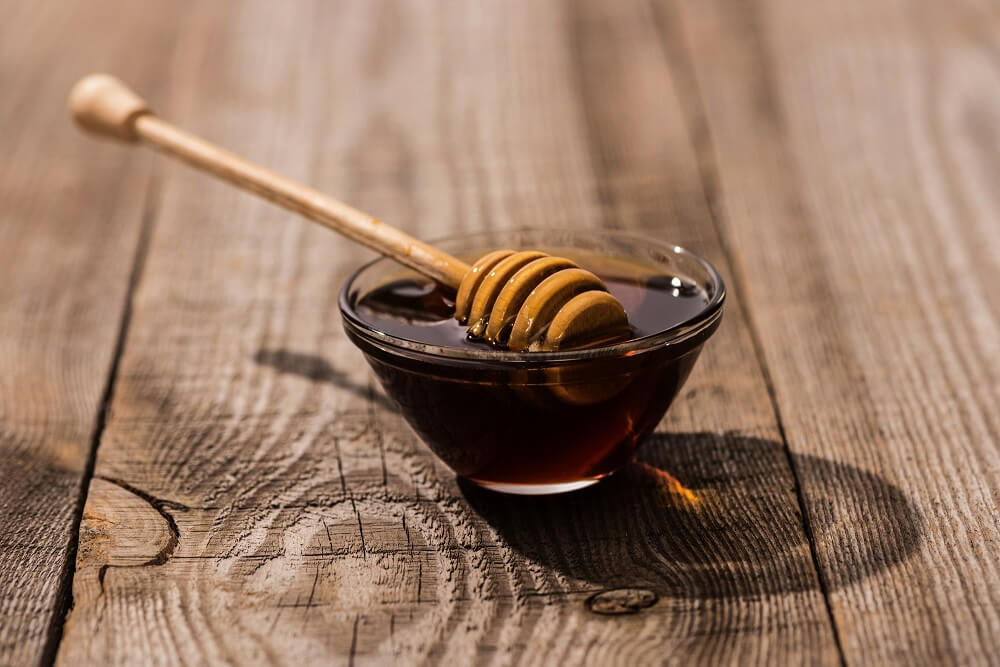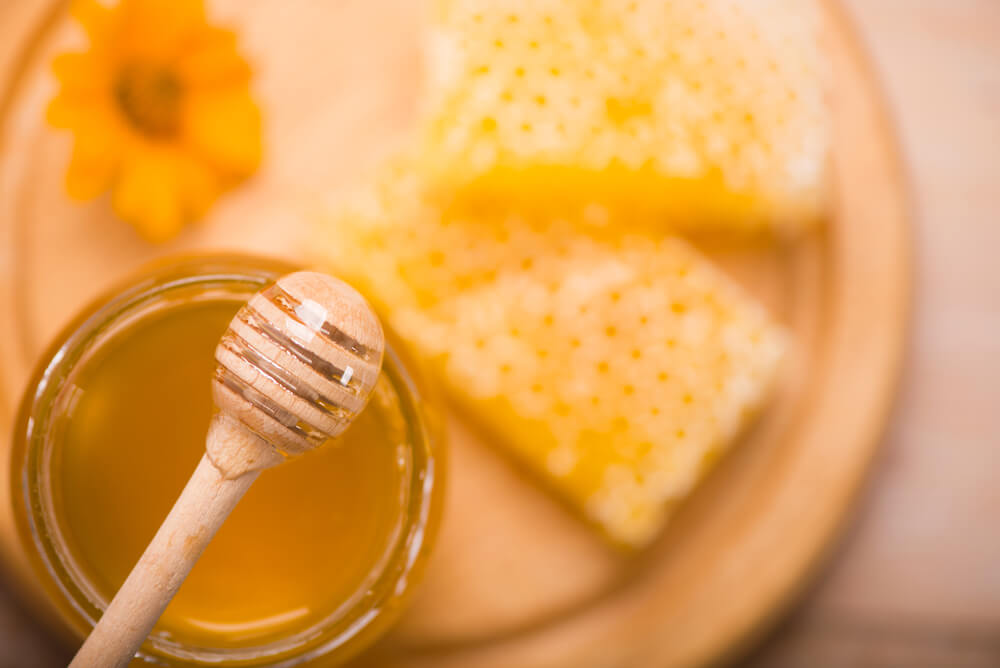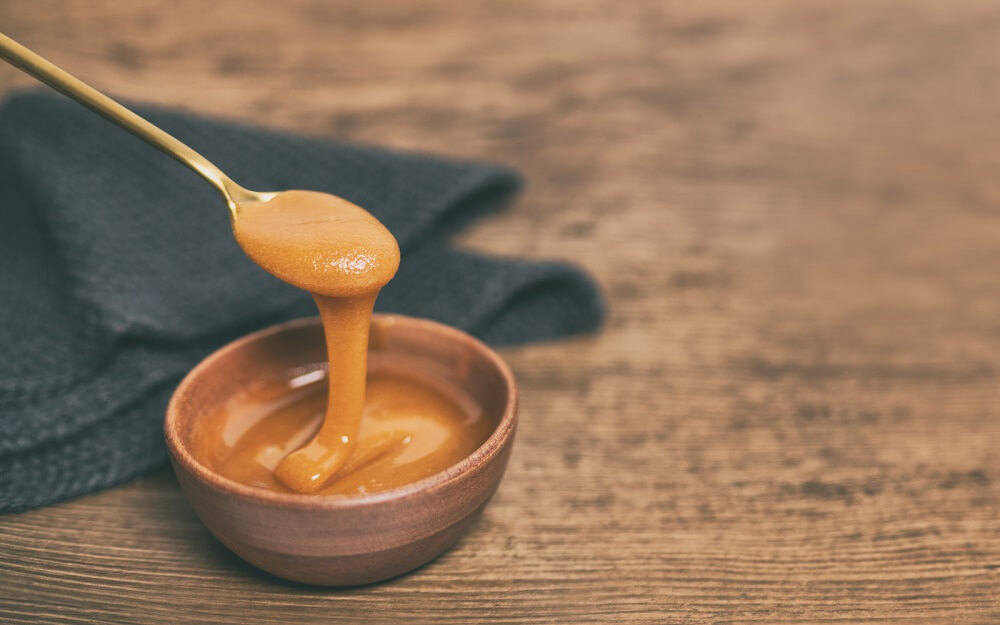In this article:
What is Beeswax?
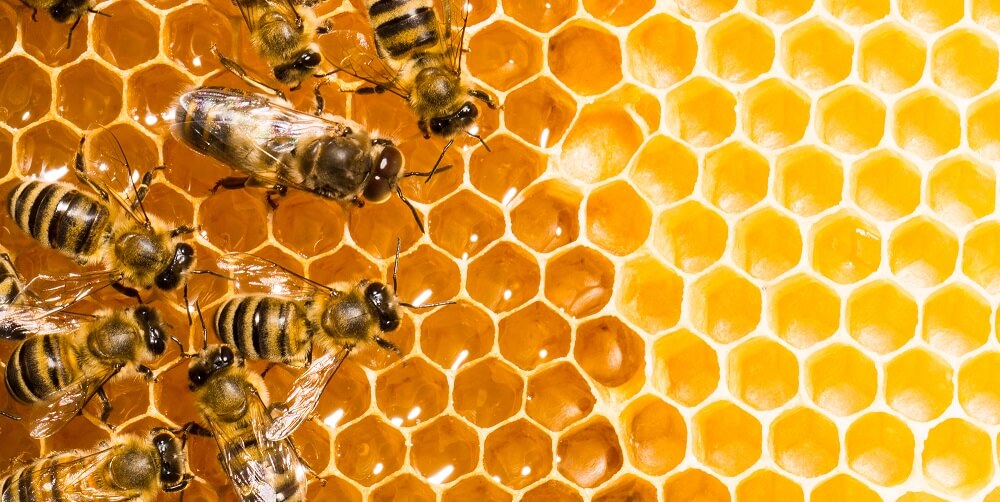
Beeswax is a natural product made by honeybees. It’s crucial to the honeybee colony, being used to make comb in which they raise baby bees and store food to eat during the harsh winter months.
But how do they make it?
The process is fascinating.
You see, honeybees collect nectar and pollen from flowers to make honey and feed their hive. As they eat their own honey, their bodies naturally start producing beeswax.
And the cool part?
Beeswax is made up of nearly 300 different compounds, including acids, esters, polyesters, fatty alcohols, and more. It’s an incredible yet complex product that’d be hard to replicate by humans. (Thank you, honeybees, for all your hard work!)
Here’s the thing:
The very important job of making beeswax is given to the young worker bees. They’re equipped with four pairs of wax-secreting glands on their abdomens. These glands secrete liquid wax that begins to harden once it’s exposed to air.
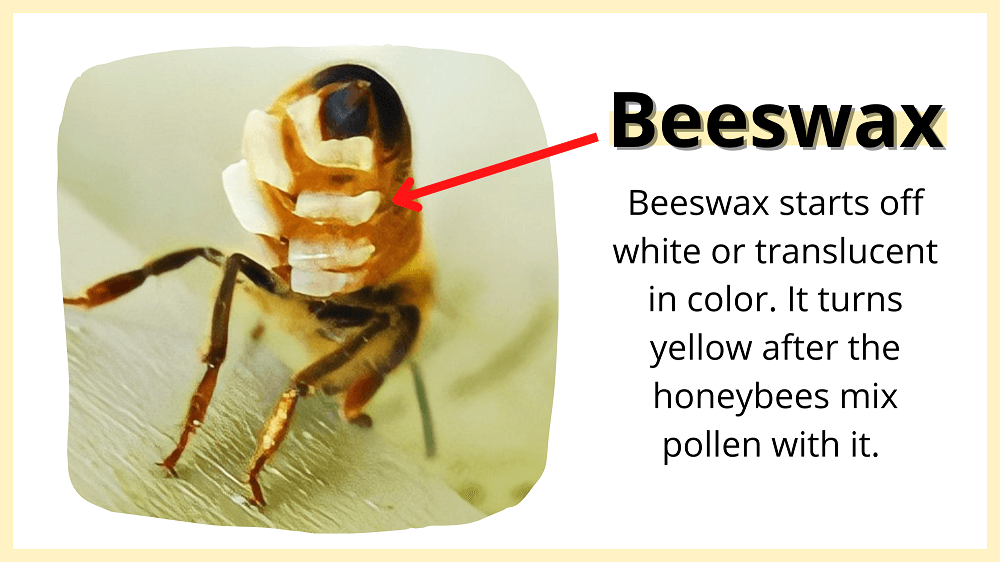
As worker bees get older, their wax-secreting glands begin to atrophy. This explains why only younger worker bees make beeswax.
Now I have to address the elephant in the room…
Is beeswax bee poop?
No, beeswax isn’t bee poop at all.
This might seem like a silly question to some. But, it’s a common one we get because beeswax secretes from the bee’s backside, near the stinger.
But don’t worry:
Beeswax is no more like poop than the wax coming out of your ears is. It’s a glandular excretion, not a waste product. As mentioned, beeswax has a very important purpose for honeybees. It forms the comb where they live, eat, and raise their young.
But you know what?
Beeswax serves other purposes too. Let’s address those next.
Related: Can You Eat Honeycombs?
Is Beeswax Toxic to Humans?

Not at all.
Beeswax is non-toxic and safe to be eaten.
In fact, many people (myself included) love eating honey straight from the honeycomb.
Honeycomb is made from, you guessed it, beeswax. It has a nice chewiness to it. And you can either choose to swallow the honeycomb, chew it like gum, or spit it out.
That said, beeswax has no nutritional value, so eating large amounts of it would be pointless. Also, it passes through your system undigested, so it’s best to avoid eating large amounts of it. Excess amounts can lead to a blockage.
Now you might be wondering:
So if beeswax isn’t meant to be eaten in large amounts, what else is it used for?
Good question.
4 Common Uses of Beeswax:
- Cosmetics. Beeswax is a staple in many creams, lotions, soaps, and lip products. It’s good for increasing your skin’s softness and hydration, while also having antibacterial properties. It’s considered a natural ingredient that’s safe for sensitive skin.(1)
- Candles. Beeswax makes the perfect wax for candles. It has a natural scent that many people enjoy, but people also add other scents to it as well.
- Food coverings. You can spot beeswax covers at the grocery store, which are reusable alternatives to plastic wrap. Thus, beeswax is becoming more popular among people who are making the switch to more eco-friendly products.
- Polish. Beeswax has been used in furniture, shoe, and leather finishes for ages. It’s said to bring out the true beauty in wood and leather.
Related: Does Honey Go Bad or Expire?
What Does Beeswax Taste Like?
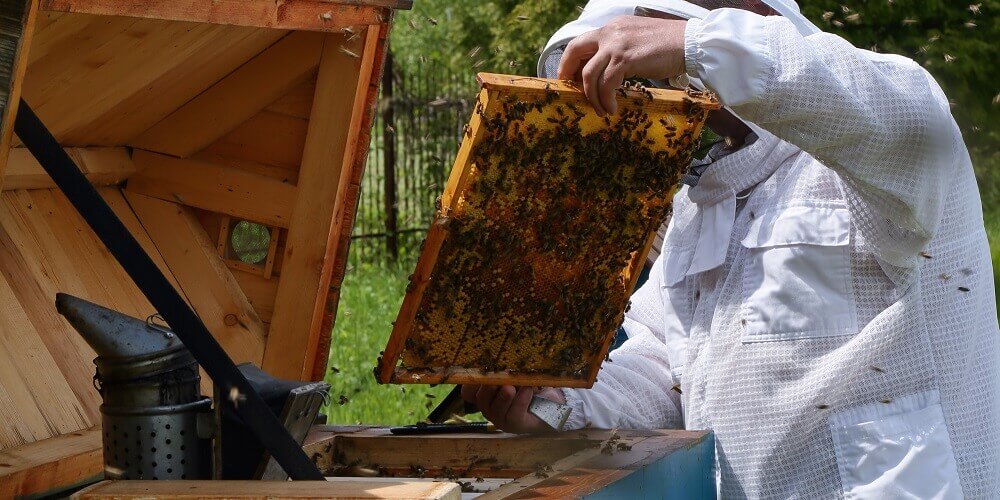
Most people eat beeswax when they take a bite from a honeycomb.
In this case, the beeswax tastes sweet because it’s covered in honey. It also has a chewy texture that gets stuck to your teeth, making the honey flavor last longer.
And you know what?
Eating honey directly from the honeycomb was the way it was eaten for centuries.
Here’s a taste-test video of Emmy from EmmyMade trying honeycomb:
As Emmy mentioned, you can swallow the beeswax or spit it out. You’ll notice that once the honey flavor is dissolved, the beeswax left behind is flavorless.
Honeycomb tastes heavenly paired with buttered bread. Or, if you’re a cheese and wine fan, it pairs nicely with those too.
For me personally?
I enjoy spreading my honeycomb on a toasted, buttered bagel. It’s the best way to start my day.
Related: What is Dark Honey?
FAQs on “What is Beeswax?”
- Do beeswax candles really clean the air?
- Can you cook with beeswax?
- Is beeswax and honey the same thing?
- What is beeswax for wood?
- What is beeswax made of?
- What is beeswax for hair and skin?
- What are some beeswax benefits?
- Where do I buy beeswax?
Do beeswax candles really clean the air? How does beeswax clean the air?
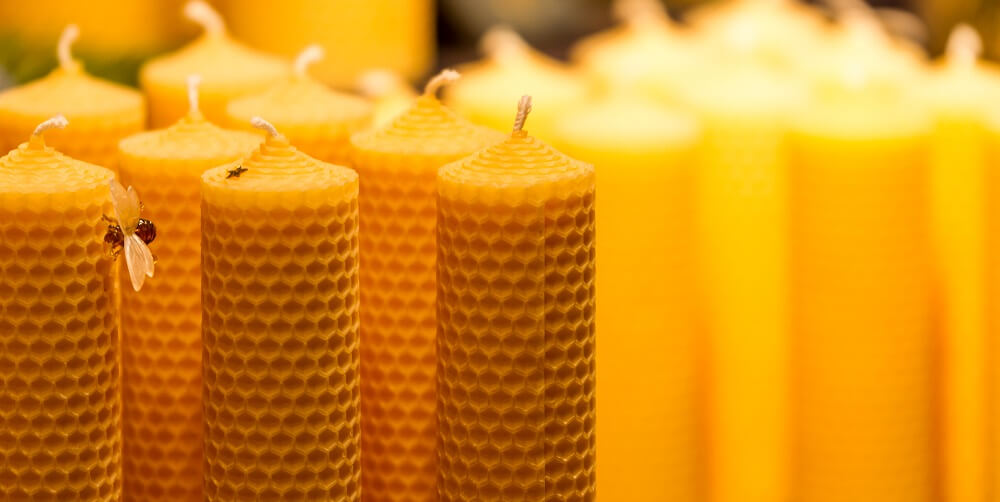
I’ll be honest with you.
This is a tricky question to answer. There simply hasn’t been much scientific research done on beeswax and air purification.
Still, if you research this online, you’ll see numerous websites (many of them selling beeswax candles) reporting that beeswax is a natural air purifier.
Now make no mistake.
I’m not knocking those websites that say beeswax is the holy grail for air purification. That might be true. But, it’s hard to say 100% without having proper research done.
So my suggestion?
If you’re concerned about the air quality in your home, go with an air purifier instead.
Using air purifiers has been scientifically shown to remove harmful particles from indoor environments, especially allergens, smoke, and mold. Air purifiers work the best when combined with complete filtration and cleaning.
—> Go back to the FAQs on “What is beeswax?”
More to Explore:
- Acacia Honey: The Taste, Health Benefits, & Risks
- The Top 3 Best Manuka Honey Brands
- Orange Blossom Honey: Are There Health Benefits?
Can you cook with beeswax? Is beeswax edible?
Yes, some glazes include beeswax as an ingredient. These glazes are made for ham, turkey, pastries, and candy.
But the best way to use beeswax?
To grease cookie or muffin sheets.
If you have a block of beeswax, you can rub it over your pans to replace cooking oil or non-stick spray. This method works best if you warm your sheet first so the beeswax can easily coat it.
Also, many chefs say using beeswax on your pans will eventually leave a permanent layer of wax on them. This can prevent you from having to oil or grease them every time.
Now you might be asking, “What is beeswax in sweets?”
Good question.
Beeswax is traditionally used to make canelés, a small French pastry flavored with vanilla and rum. It has a custard center and a thick and caramelized crust.
Traditionally, the canelé molds are coated in butter and beeswax and then frozen before the batter is added and baked. This helps give the desserts their special shape and crisp exterior.
—> Go back to the FAQs on “What is beeswax?”
More to Explore:
Are beeswax and honey the same thing?
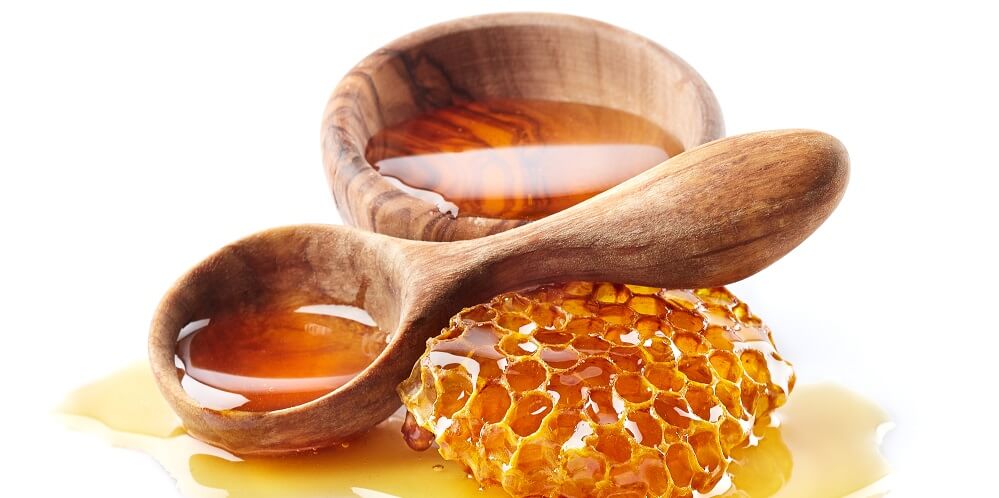
No. While beeswax is technically made from honey, it’s a standalone product all on its own.
You can separate the two during the honey harvesting process or keep them together and allow people to enjoy a honeycomb filled with honey.
Raw honey is full of enzymes and antioxidants, while beeswax contains long-chain fatty acids and alcohols — all of which have health benefits for the skin.
—> Go back to the FAQs on “What is beeswax?”
More to Explore:
What is beeswax for wood?
Beeswax polish is a natural wax that is used to nourish and protect exposed wood. It protects all sorts of wood surfaces, giving them a beautiful and natural sheen.
Beeswax polish is typically seen as a substitute for varnishes and lacquers, which are synthetic coatings harmful to humans and pets if ingested or breathed in for extended periods.
Beeswax is natural and non-toxic, which gives it a huge advantage over other manmade wood finish products.
A mixture of beeswax and oil is used to make the wood finish. Usually, it’s oil like coconut oil, olive oil, or jojoba oil that gets mixed with beeswax. Then, it’s baked in the sun or oven until it becomes solid and malleable, transforming it into a buttery, smooth-flowing polish.
That said, there are some cons to using beeswax as a polish:
- It’s vulnerable to heat
- It can potentially yellow over time
- It might not be as durable as other polishes
Either way, you’ll have to compare the pros and cons of beeswax with other polishes to determine if it’s right for you.
—> Go back to the FAQs on “What is beeswax?”
More to Explore:
What is beeswax made of?

We frequently get questions like:
How do bees produce beeswax? Does beeswax have oil in it?
Yes, beeswax includes pollen oils that transform it from a white wax to a yellow or brown color.
How is beeswax made?
It’s made from honey. When honeybees collect pollen and nectar, they bring it back to the hive to make honey. When bees consume their own honey, their bodies begin to produce beeswax naturally.
And the best part?
Beeswax is a complex mixture of compounds that includes acids, esters, polyesters, fatty alcohols, and more.
The young worker bees are in charge of the essential task of making beeswax. They have four pairs of wax-secreting glands on their abdomens. The beeswax comes out of their glands as a liquid but it solidifies once it’s exposed to air.
Wax-secreting glands begin to atrophy as worker bees get older. This is why only younger worker bees produce beeswax.
—> Go back to the FAQs on “What is beeswax?”
More to Explore:
What is beeswax for hair? What is beeswax for skin?
Beeswax is commonly used in the cosmetic industry.
For hair purposes, beeswax can moisturize your strands and hold them firmly into place. Beeswax may also be used as a sealant, repelling dirt and grime. Some people even use beeswax balm to tame their beards.(2)
Beeswax is a historically popular moisturizer for both skin and hair because of its traces of vitamin A. Beeswax is also effective in forming a protective barrier due to its lack of water solubility.(3)
It’s also non-irritating, making it a virtually universally safe option for most people. But, because beeswax doesn’t dissolve in water, it can cause buildup if overused. In this case, a clarifying shampoo can be used to help remove buildup.
Here are a few ways people use beeswax for their hair and skin:
- It helps to smooth strands: The texture of beeswax makes it an excellent tool for reducing flyaways and frizz. It works best at the ends of hair that tend to be dry or brittle.
- Beeswax makes your hairstyles last longer: It’s a great styling agent for short or long hair, keeping your style in place similar to a hairspray.
- Locks in moisture: Beeswax’s formula and texture make it ideal for taming split ends. The traces of vitamin A in beeswax also make it moisturizing.
- It’s good for the skin: Beeswax can also help with certain dermatological issues, such as psoriasis and eczema. Research shows that a mixture of honey, beeswax, and olive oil helps treat these conditions.(3)
—> Go back to the FAQs on “What is beeswax?”
More to Explore:
What are some beeswax benefits?
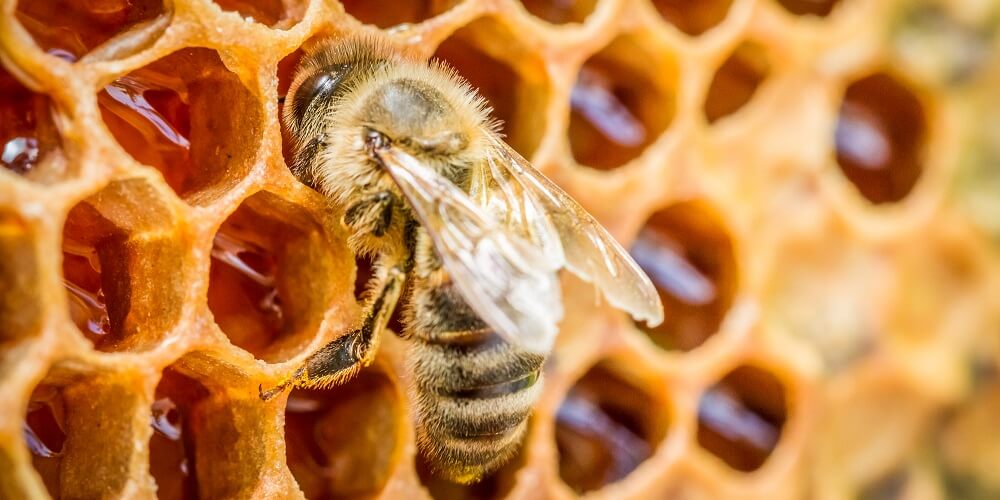
People commonly ask:
“What are the benefits of beeswax?” and “Why is beeswax important for skin?”
Beeswax has been around for thousands of years, and it’s been used in more ways than you can imagine. Here are a few benefits:
- It moisturizes and softens skin
- It’s good for sensitive skin because it’s natural and non-irritating
- It can soothe skin conditions such as eczema and psoriasis
- It can be used in the hair to tame flyaways and frizz
—> Go back to the FAQs on “What is beeswax?”
More to Explore:
- Why Does Honey Crystallize?
- Buckwheat Honey: Uses & Benefits
- The Brutally Honest Truth About Sour Honey
Where do I buy beeswax?
Wondering where to buy beeswax?
You can find beeswax from a local beekeeper if you want to support a small business. Beeswax can also be found at big-chain stores like Hobby Lobby, Michael’s, and Walmart since many people use it to make candles.
You can also find beeswax online at Amazon.
